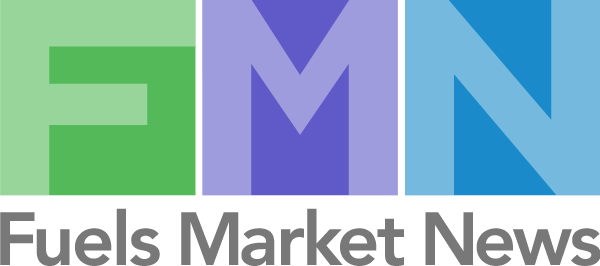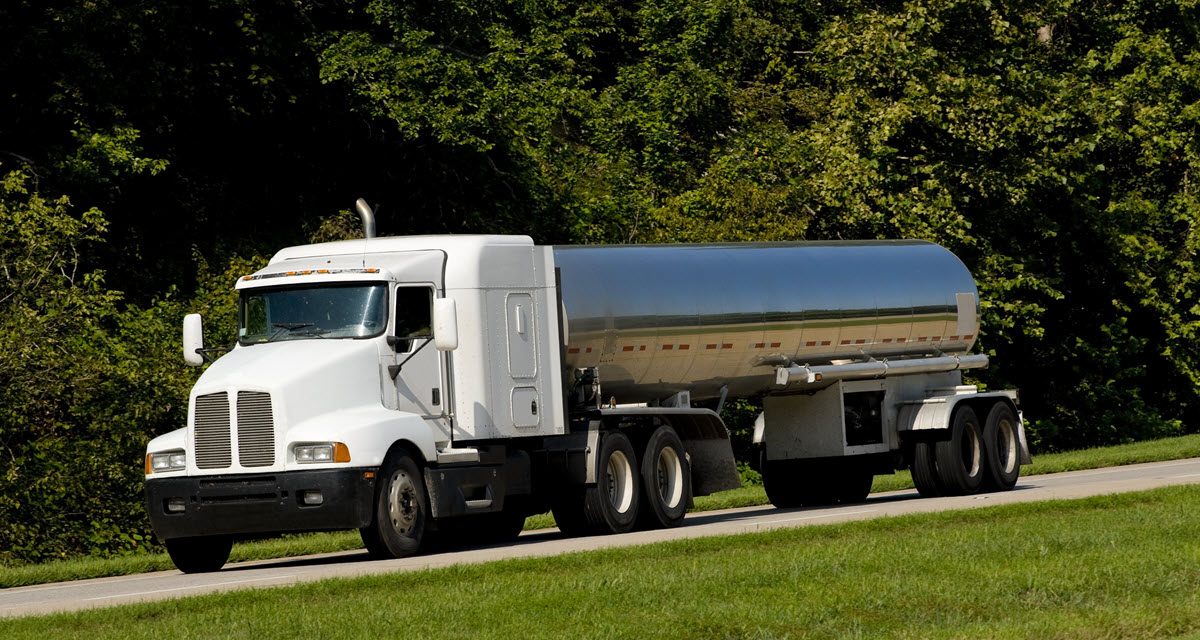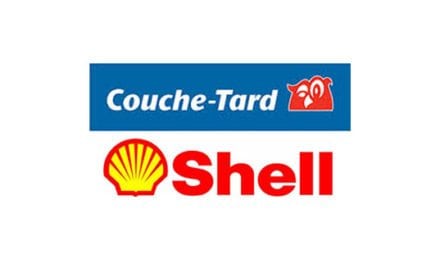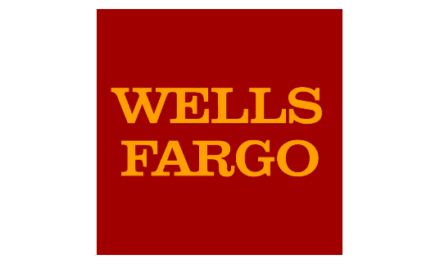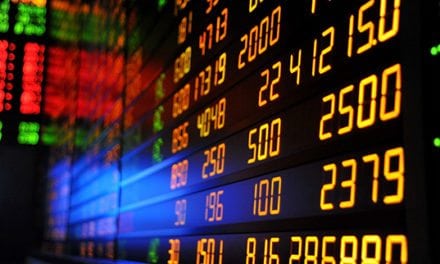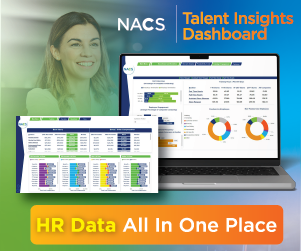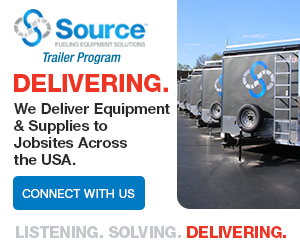While pollution disasters resulting from rail incidents may more frequently make headlines due to their severity, this potential liability is present across the transportation industry, regardless of the mode of transportation utilized. Shortly before the Norfolk Southern derailment, a tanker truck lost control on an icy road in Michigan, leaking approximately 5,000 gallons of the gasoline it was transporting for an oil company. Following the accident, an estimated 10,000 tons of contaminated soil and 100,000 gallons of contaminated groundwater were removed during cleanup.
While pollution exposure may be a routine consideration when working with a client like an oil company, this exposure is present in many industries that do not immediately come to mind in relation to pollution. For example, pollution exposures exist for a food and beverage clients as well, as products that are safe for human consumption may not be safe for animals or plant life in the large quantities commonly transported in trucks or tankers and could lead to extensive cleanup and environmental restoration costs.
Client Consideration and Impact
Remember that this exposure is not limited to clients who consider their core business to be transportation. Any client that utilizes the supply chain, whether rail, truck, vessel or other mode of transit, could be impacted by such a disaster. Liability could also extend to landowners where an accident occurs including the point of loading and unloading.
Large transportation companies tend to self-fund environmental losses and often handle environmental remediation on a smaller scale during their day-to-day operations. In cases like the Norfolk Southern derailment, plaintiff attorneys are expected to allege liability against more parties than solely the rail line. Lessors and lessees of the rail cars, manufacturers of the goods and materials in transport, and owners of the real estate where the derailment occurred could all face liability for the damages associated with such an event, particularly if the rail company were to face coverage restrictions or an adequacy of limits issue. The outcome of an investigation could also influence liability; for example, if it were found that a valve on a rail car or truck was not working properly, the manufacturer of that car may face allegations of negligence. As NTSB intends to review both train and track for causation, loss could also potentially involve the owner of the track or the owner of an object that caused the incident to happen, following the investigation’s outcome. As we have seen more and more in recent years, supply chains are delicate systems made up of many parties, any one of whom could find themselves involved in liability surrounding a transportation disaster.
It is expected that most general liability policies will preclude coverage for such an incident by asserting the pollution exclusion. Coverage may also be limited for pollution within commercial auto policies, even those with MCS-90 or CA 99 48 endorsements. The MCS-90 does not alter the coverage provided by a commercial auto policy; instead, it is a financial guarantee that the carrier will pay any amounts required by the Motor Carrier Act of 1980 and the FMCSA and then seek reimbursement from the insured for any excluded amounts within the policy’s terms and conditions. The CA 99 48 provides coverage only for upset or overturn in transit on scheduled autos and may not include liability assumed explicitly within a contract or implicitly when using a third-party to transport goods on the insured’s behalf. Without a pollution legal liability policy, companies may be uninsured for not only any damages assessed, but also any cleanup expenses incurred or assessed, and any legal expenses incurred in the defense of any such claims
If you have further questions on pollution legal liability policies, please don’t hesitate to contact:
Greg Cushard
Partner, SVP
Lockton Insurance Brokers, LLC
Mobile: (916) 730-4849
Direct: (214) 803-2510
Dallas, Texas
